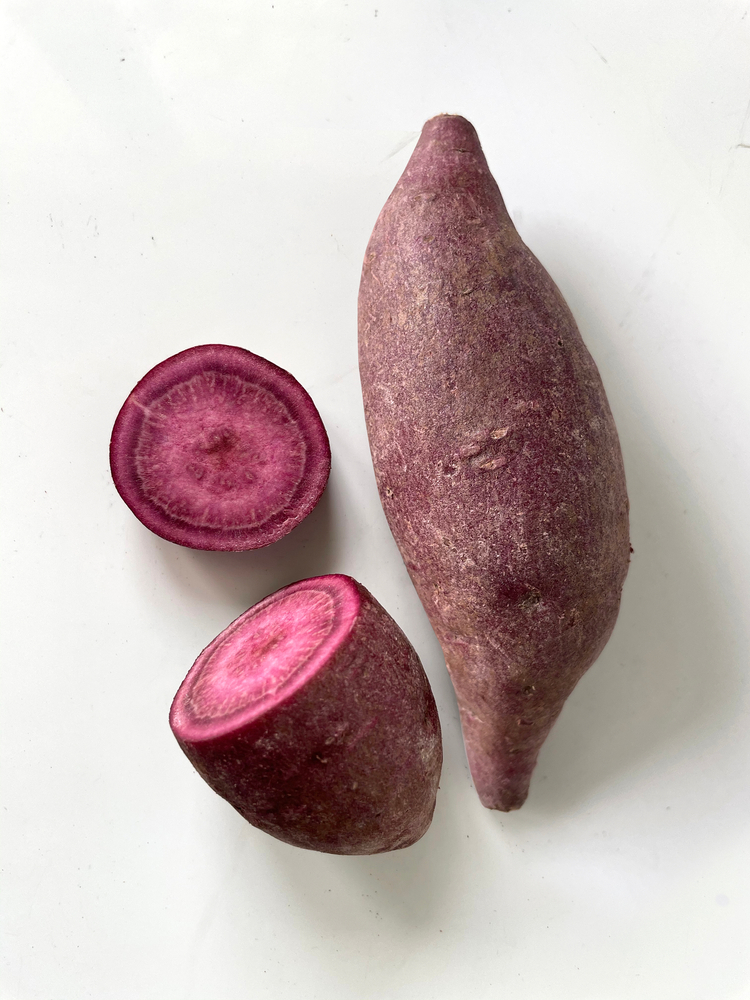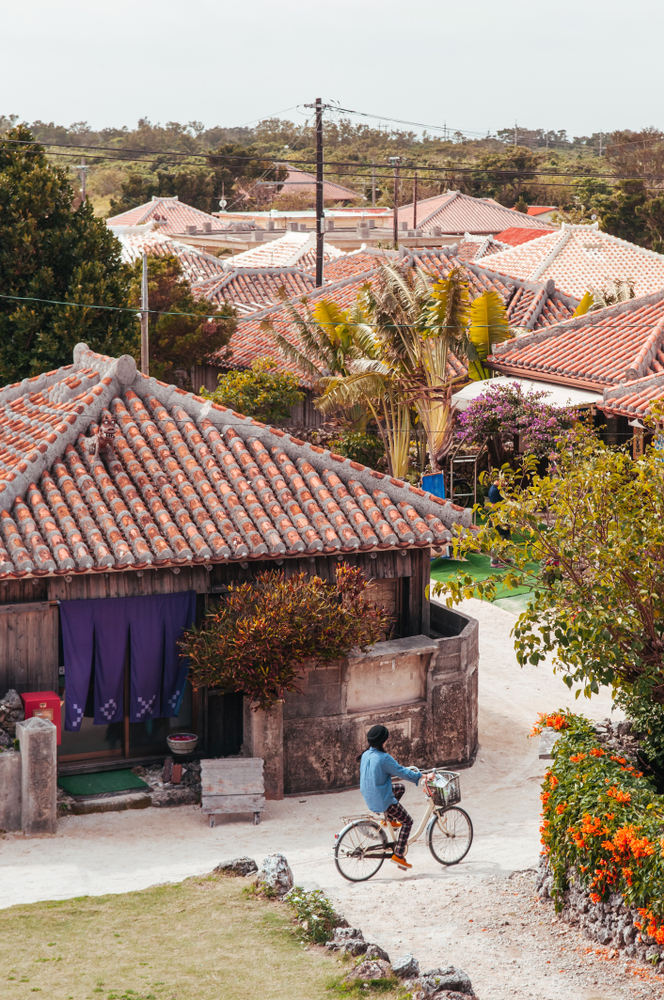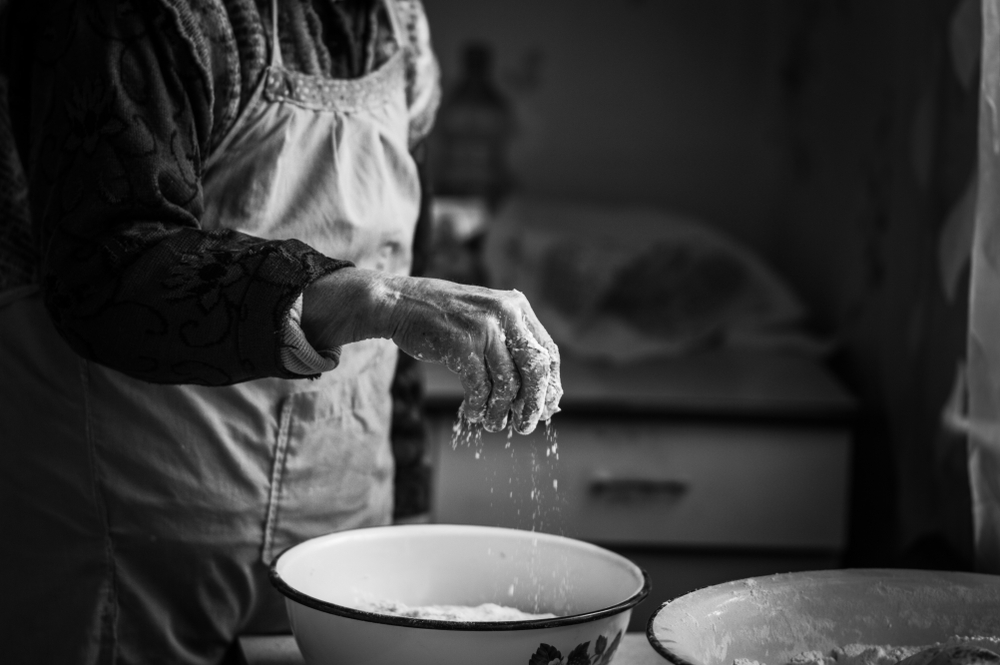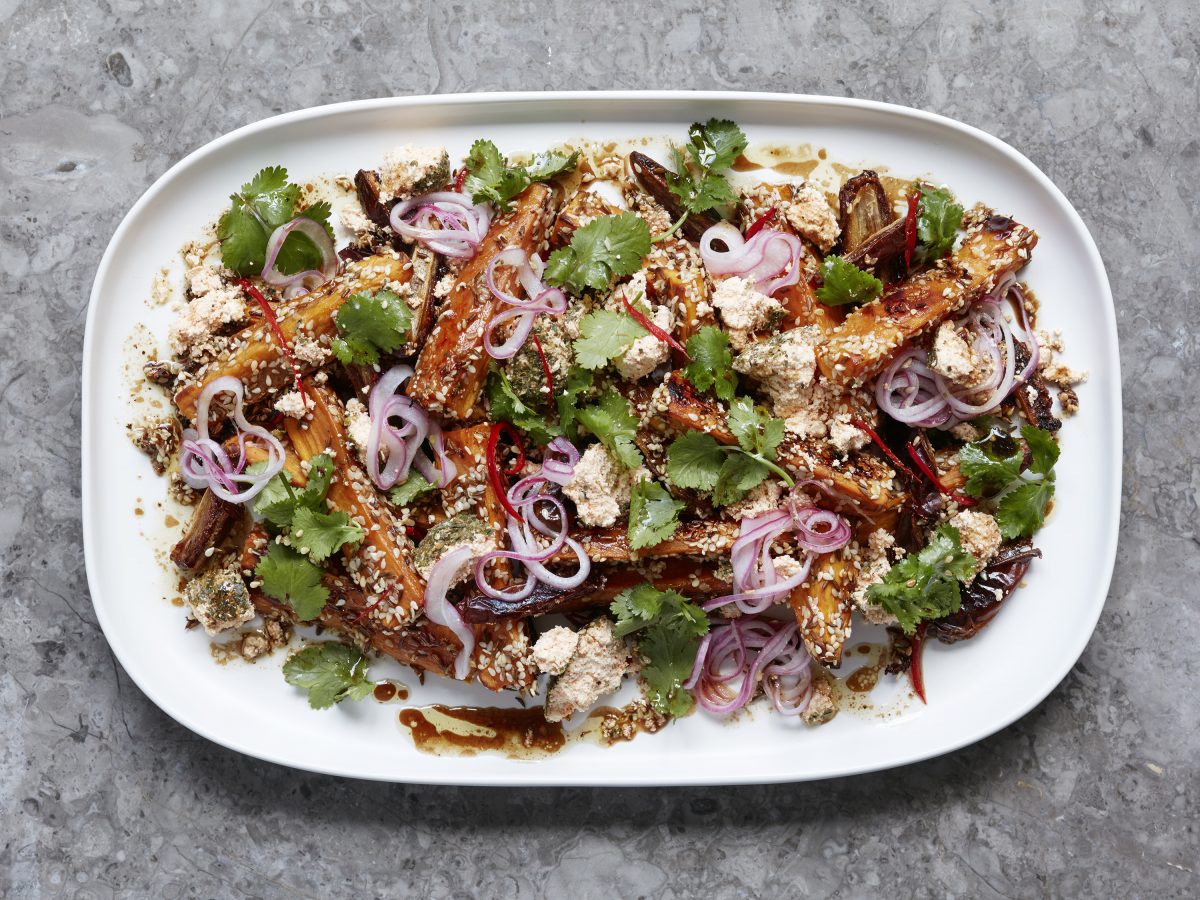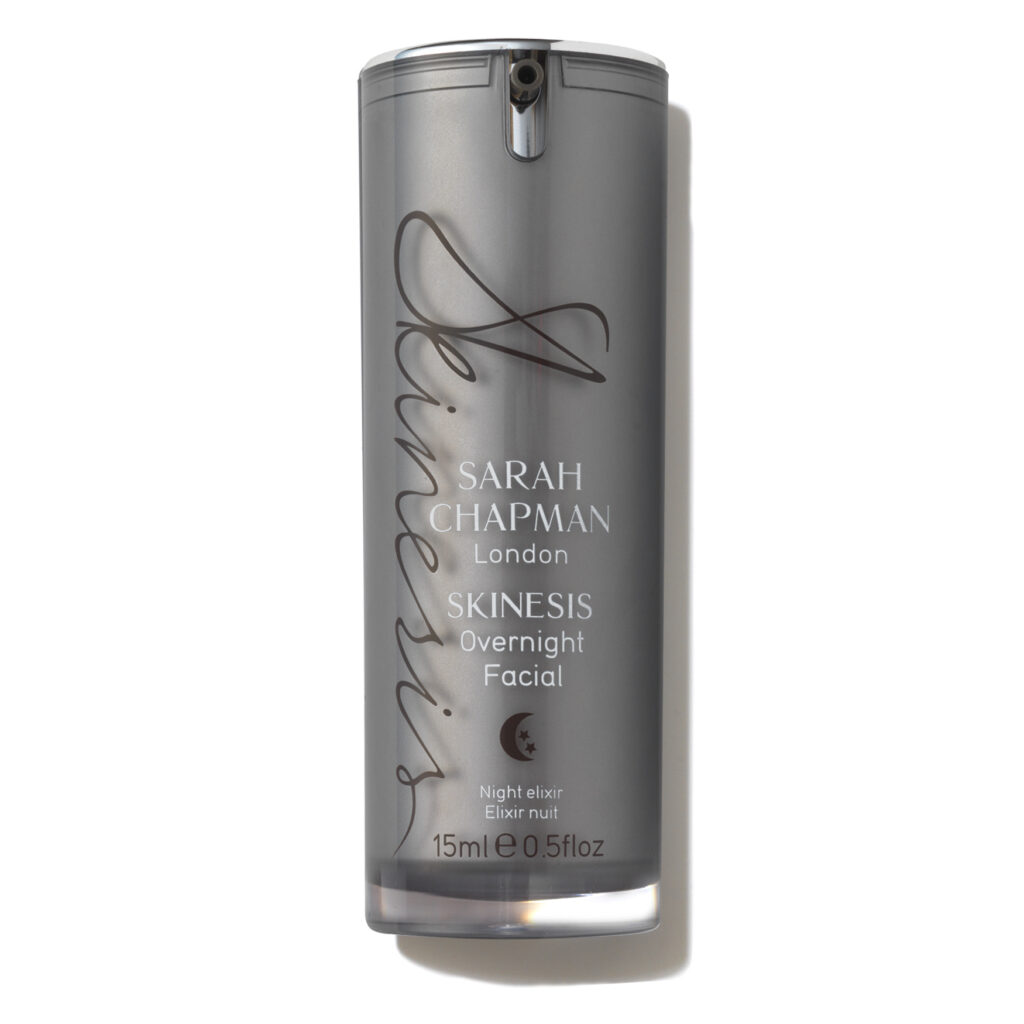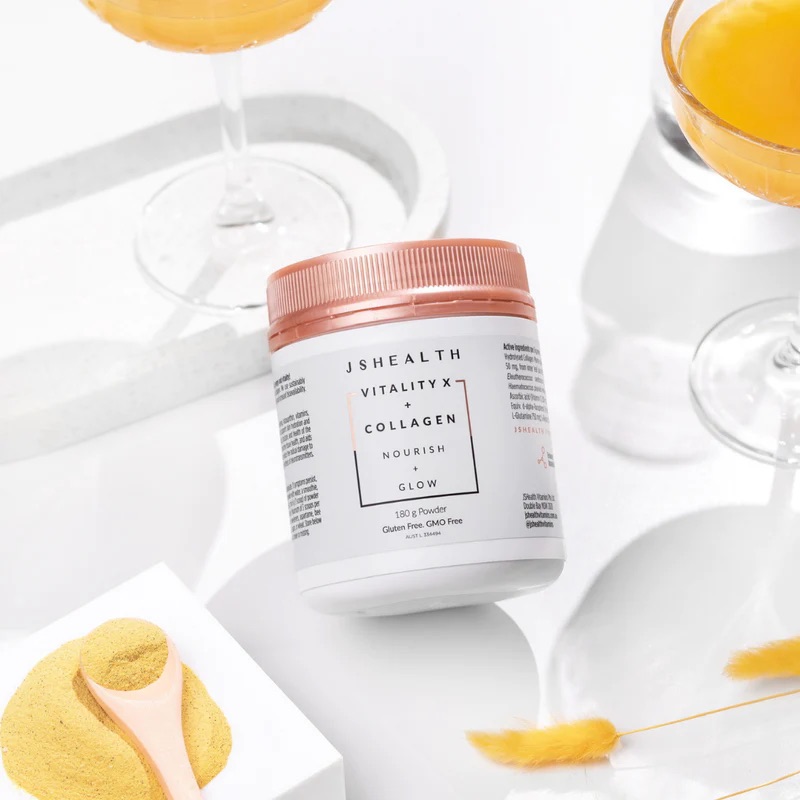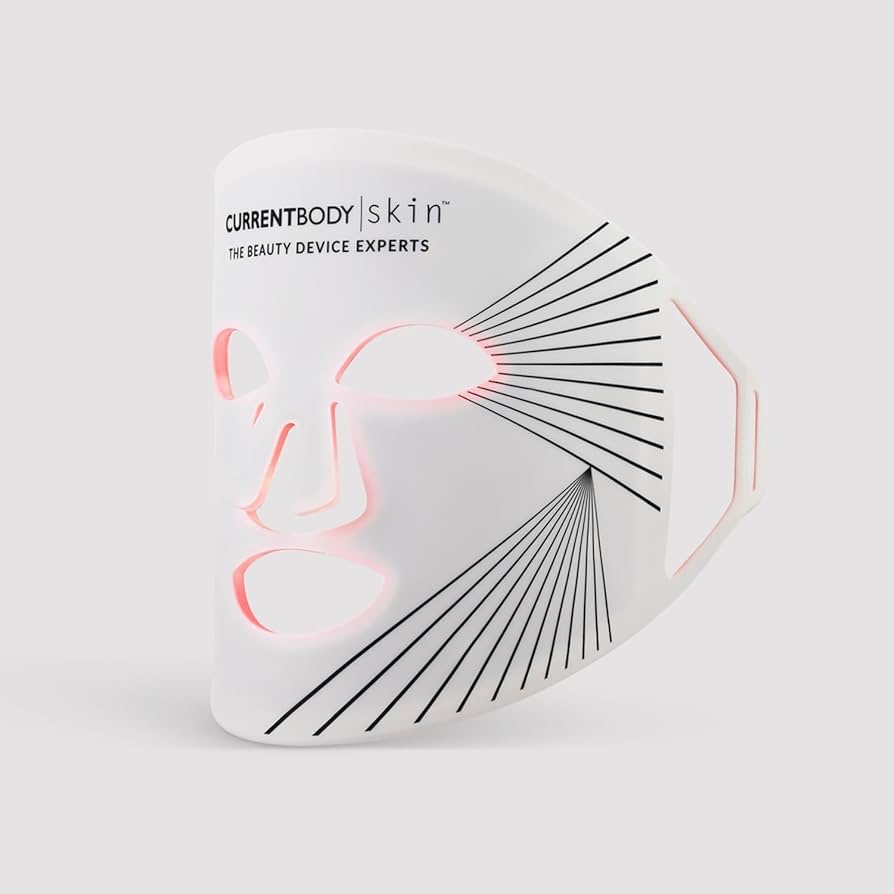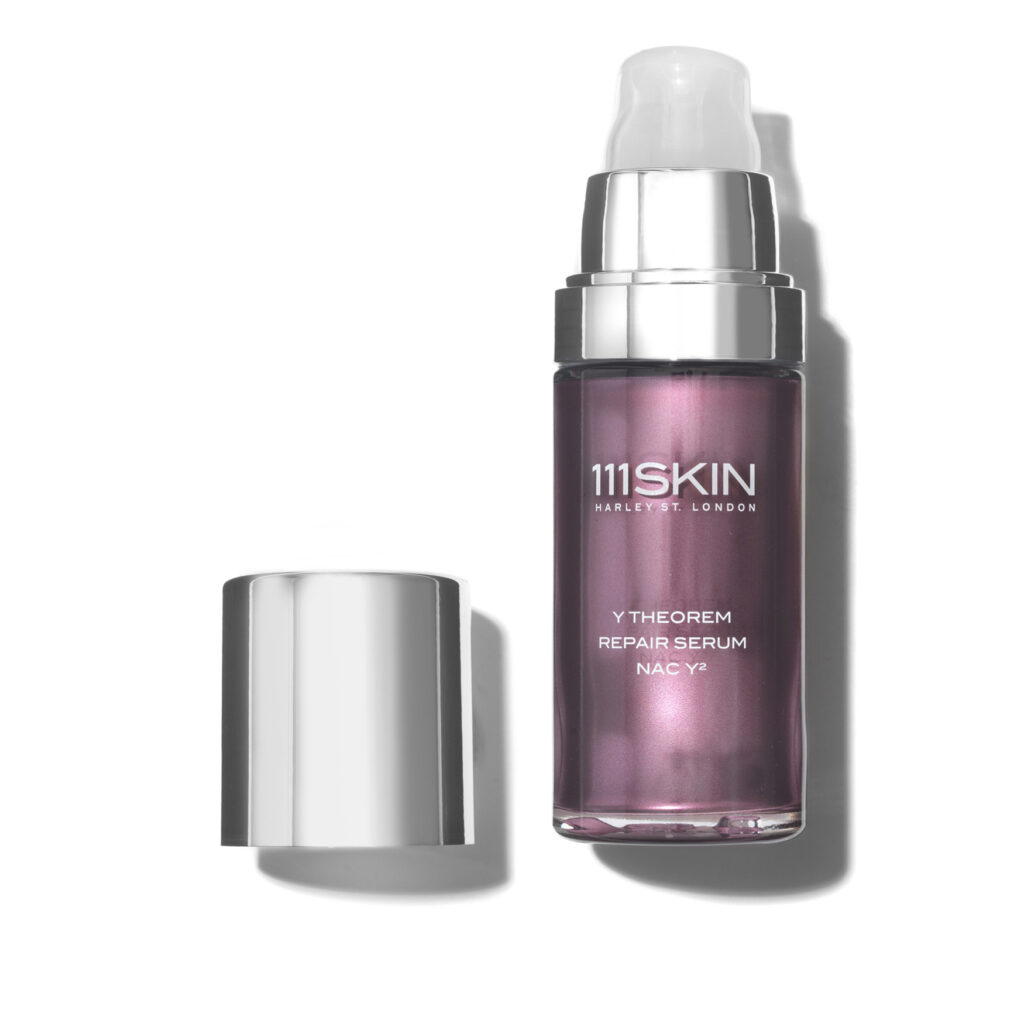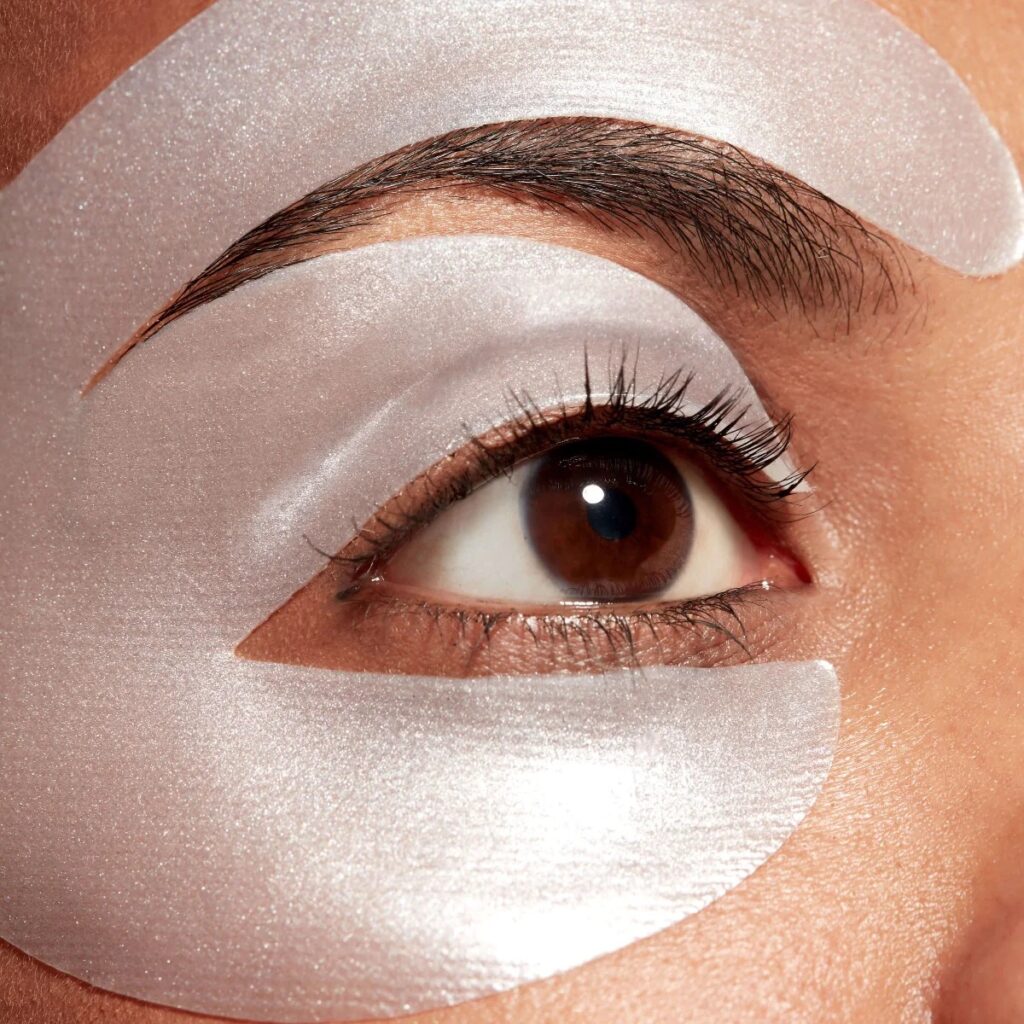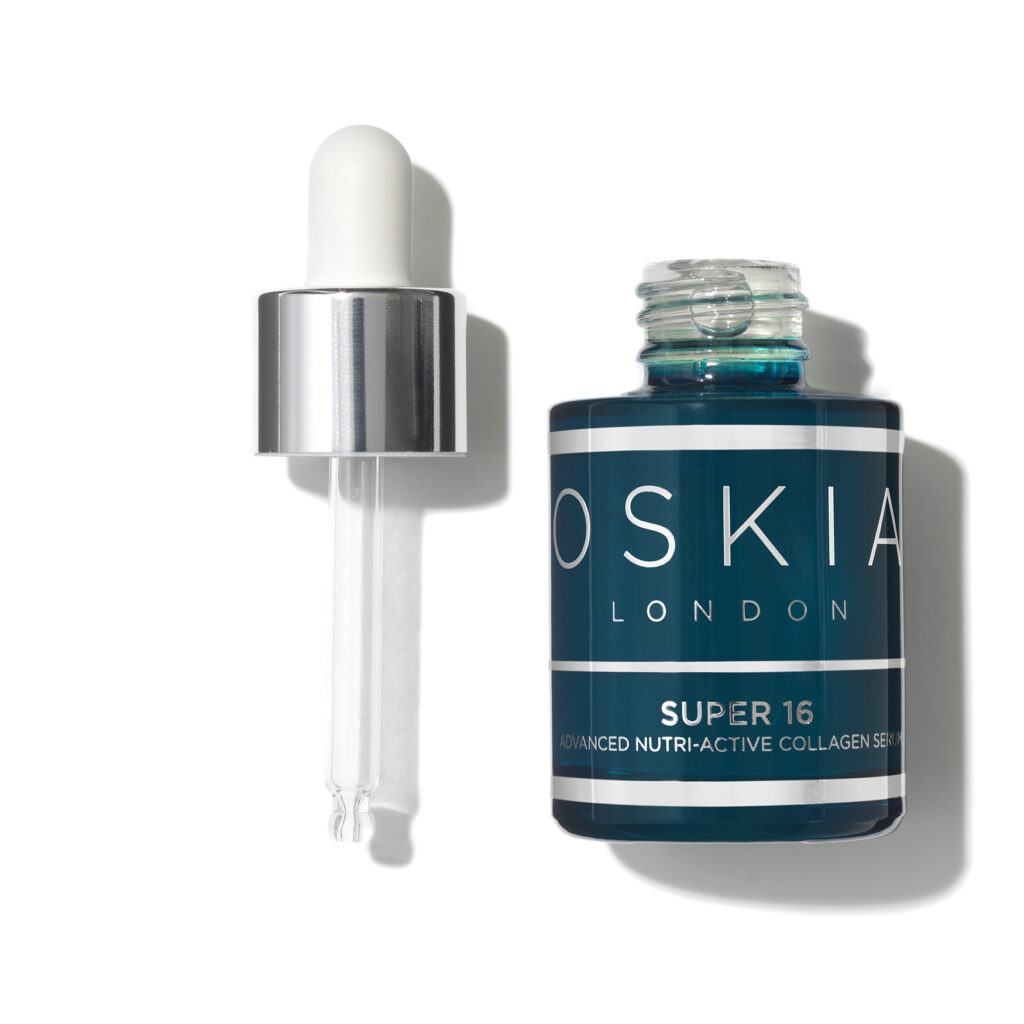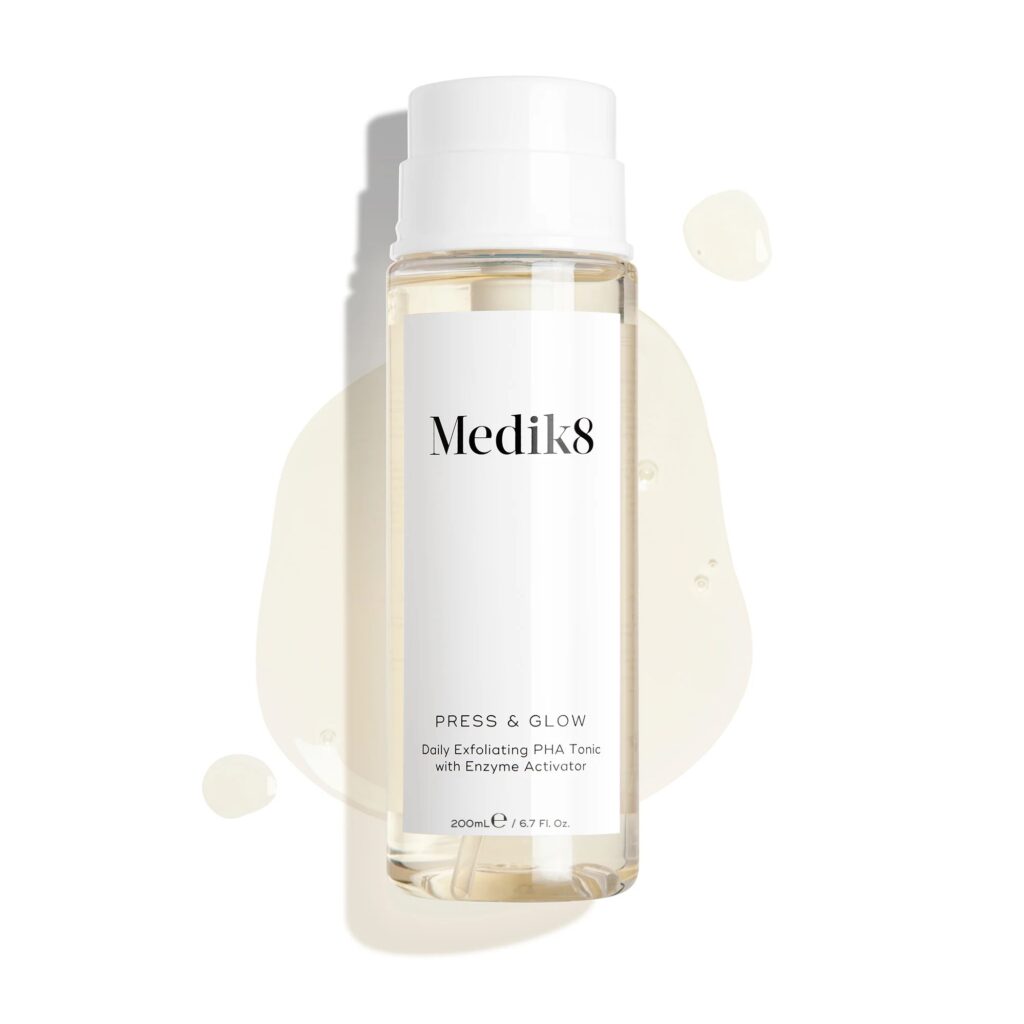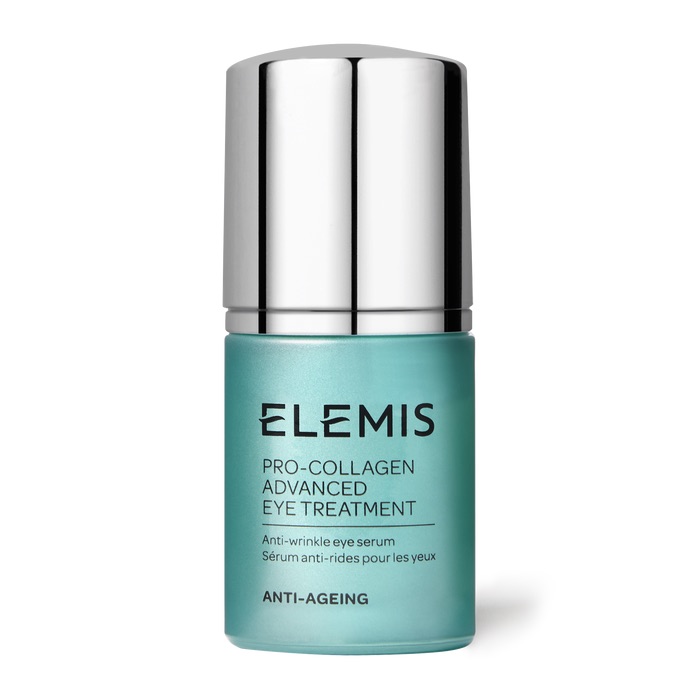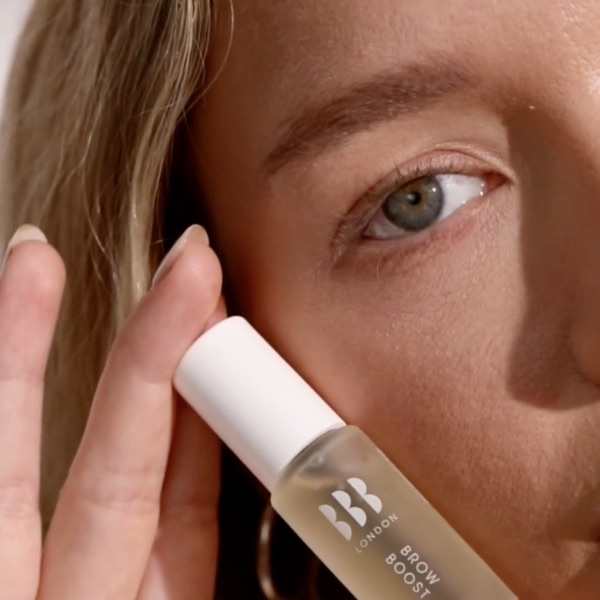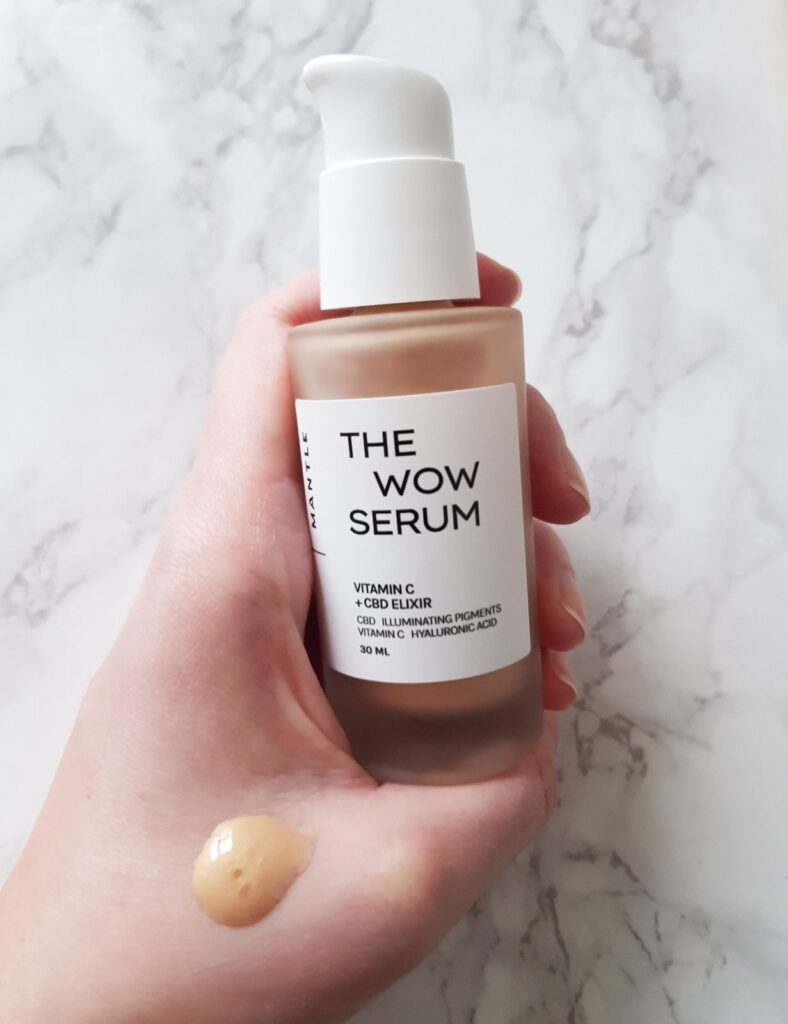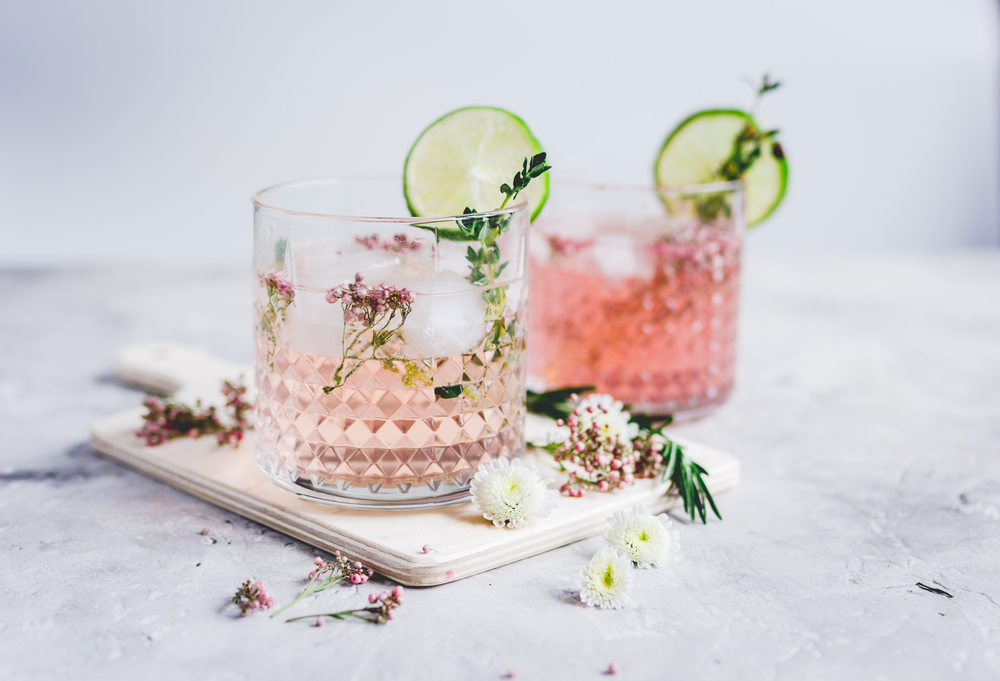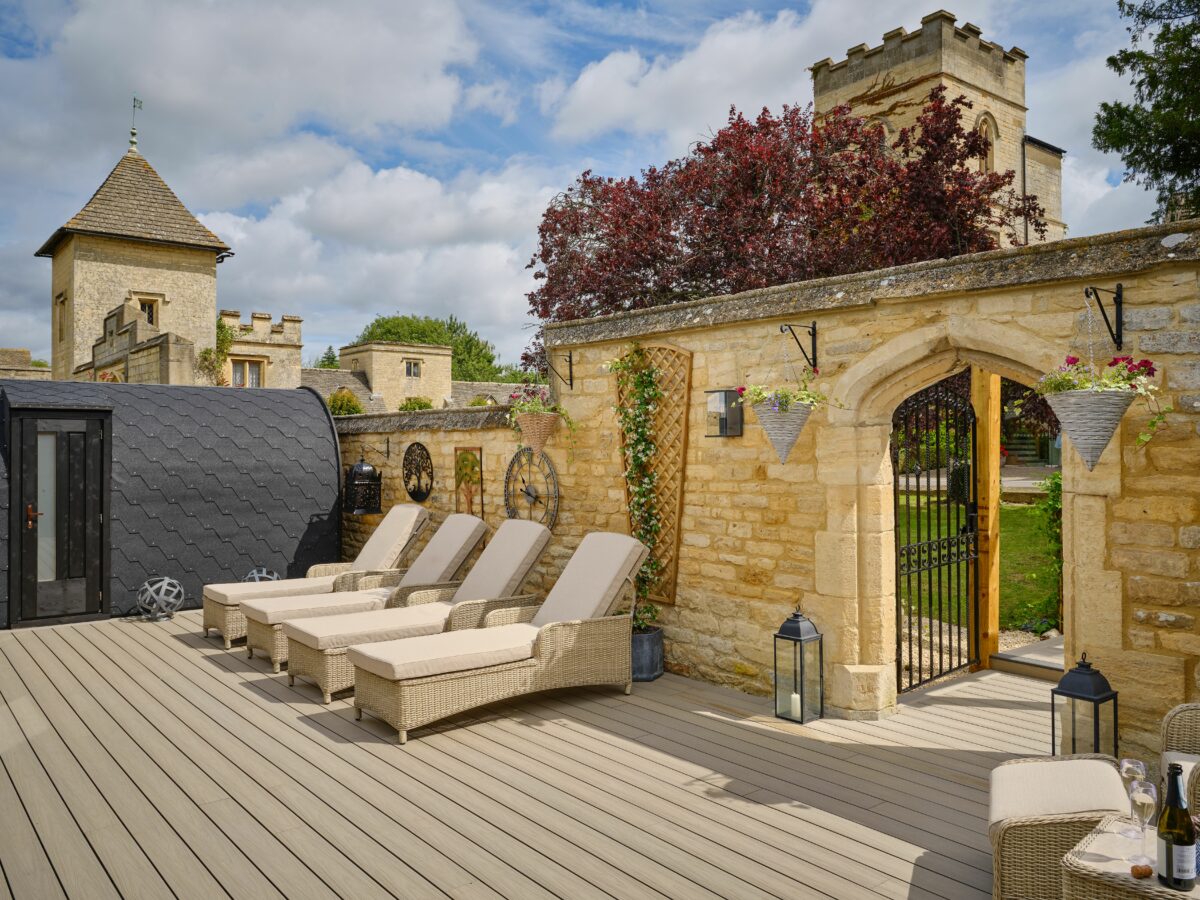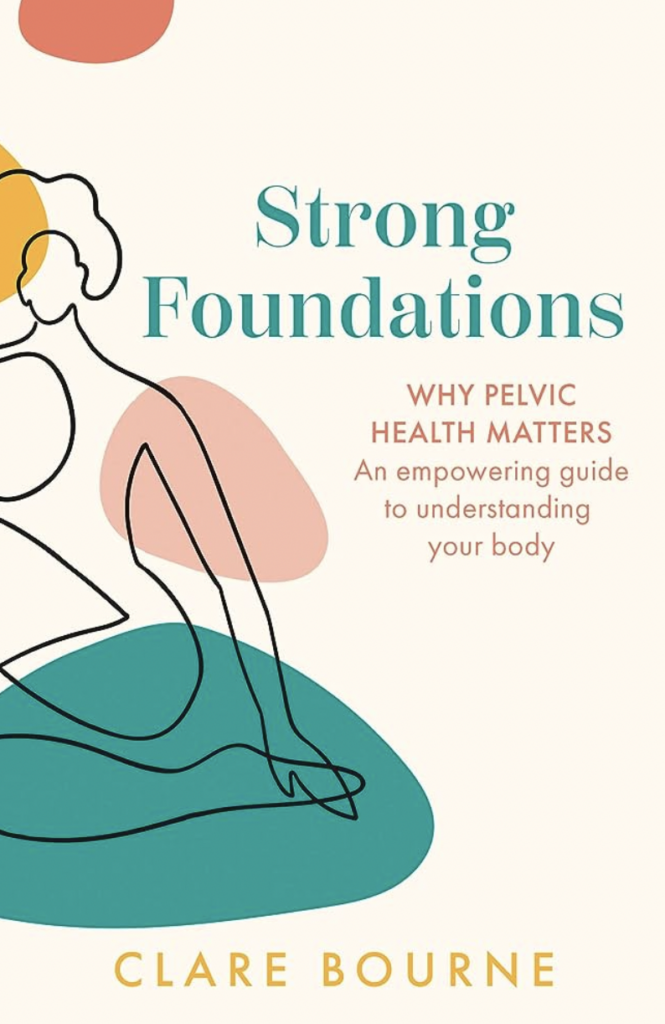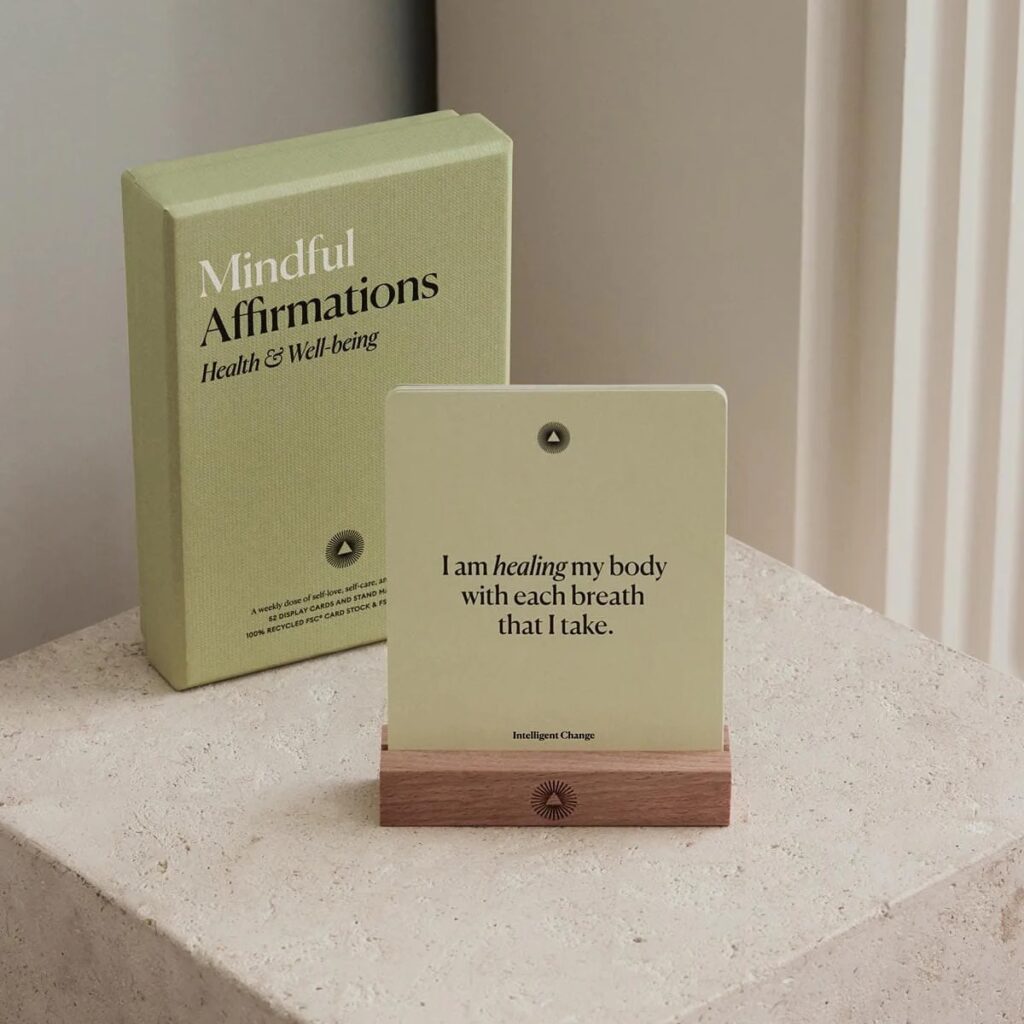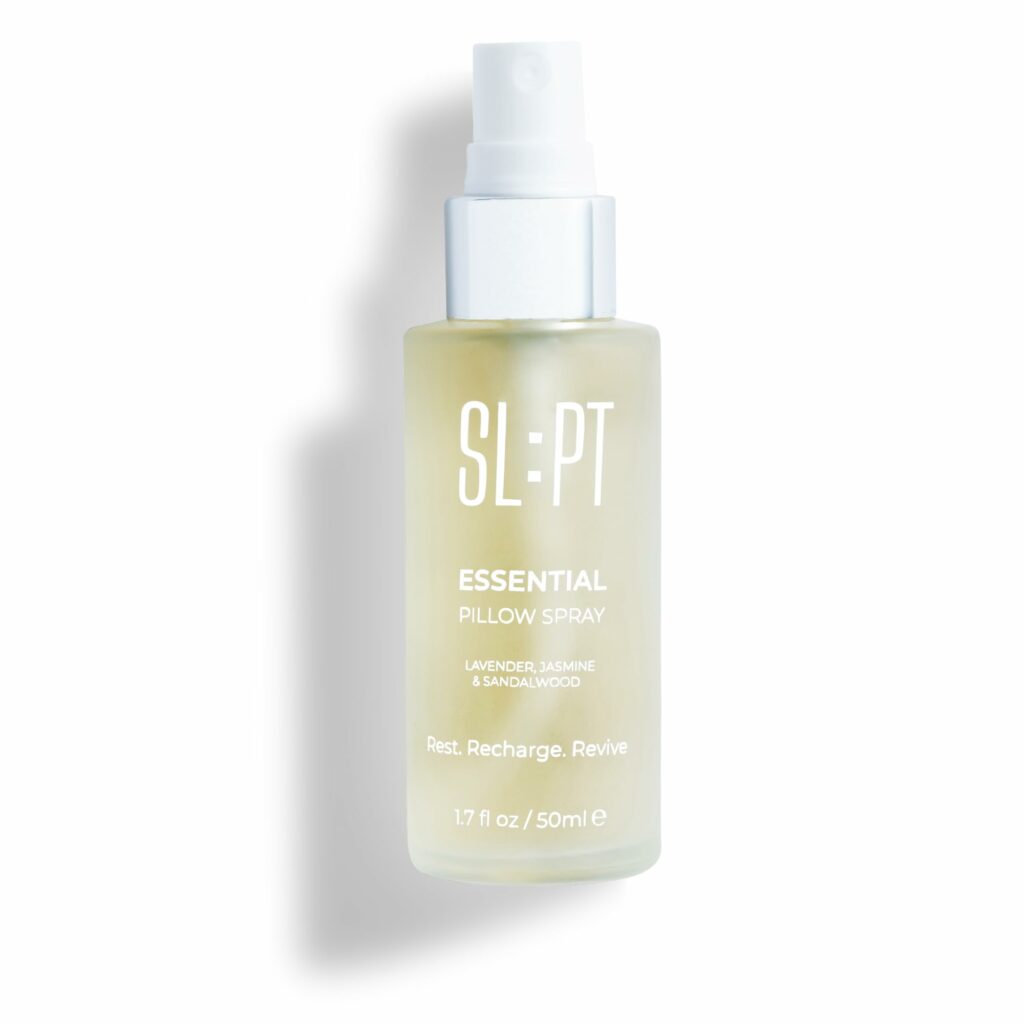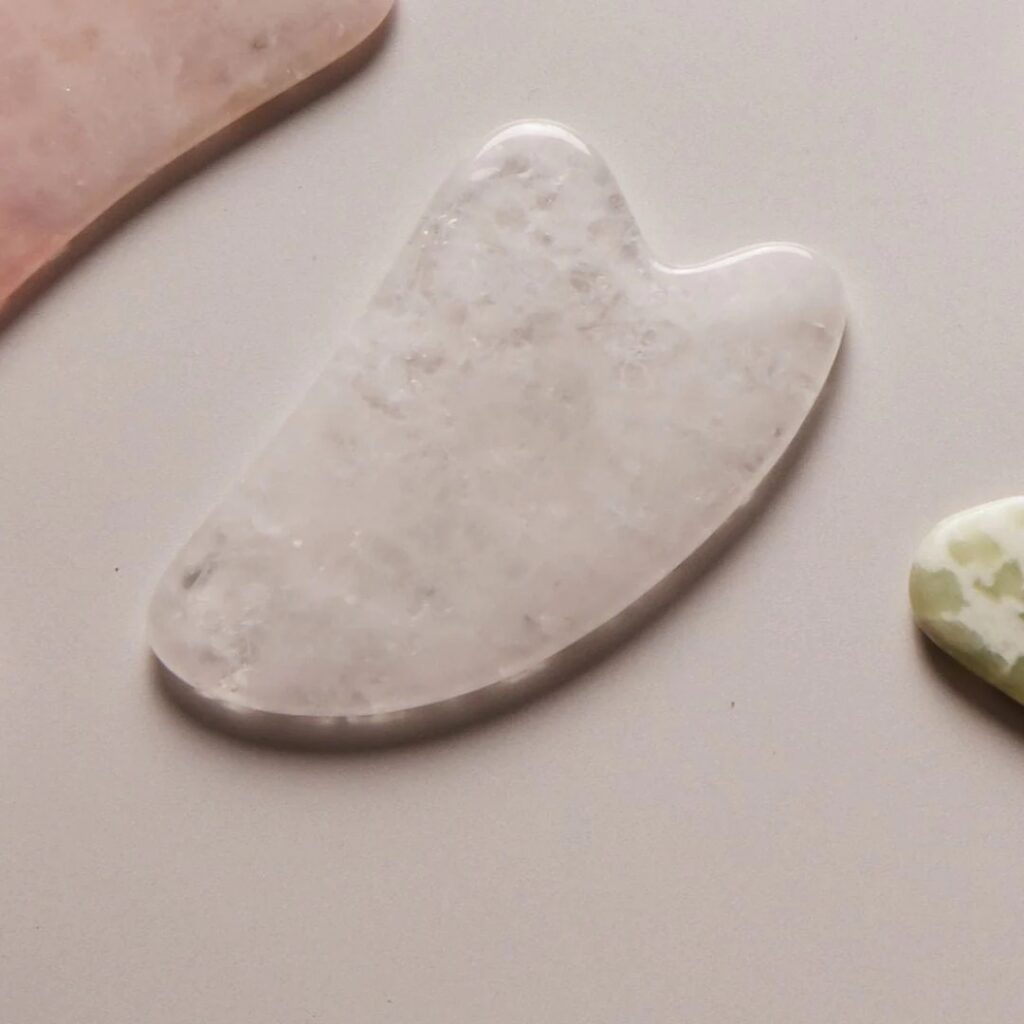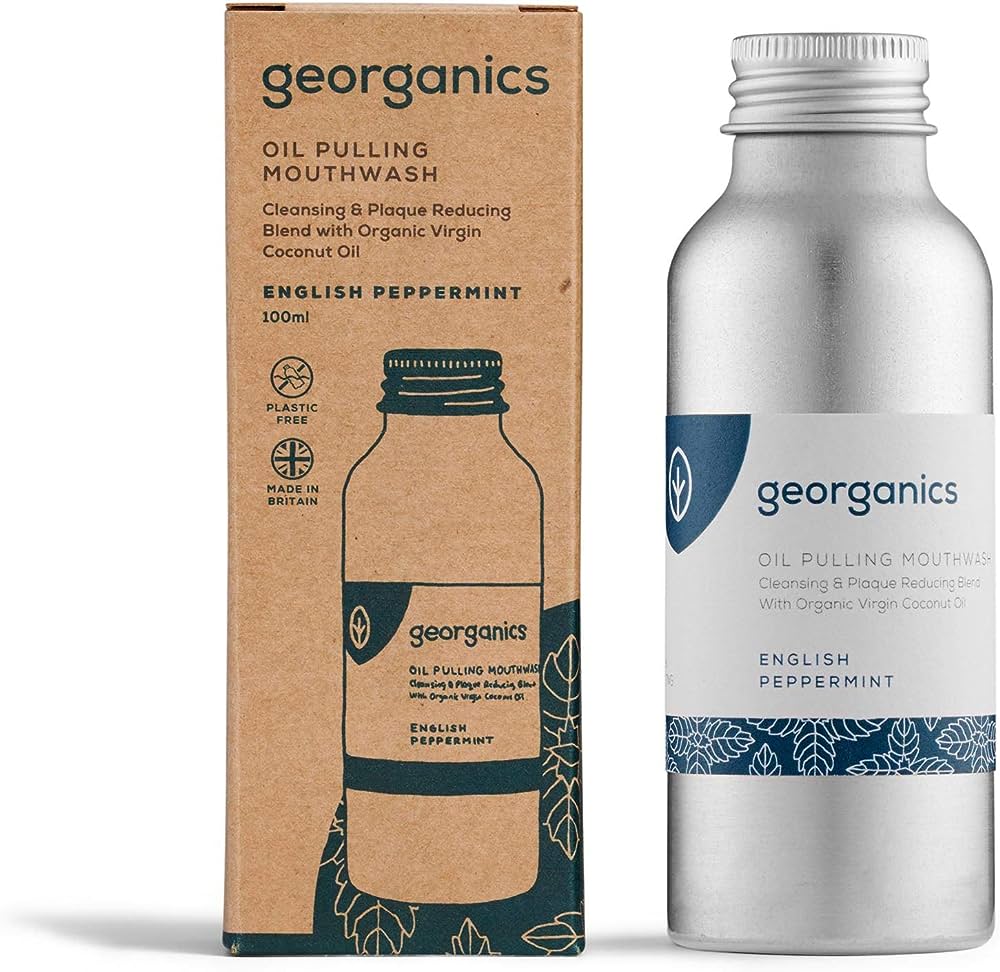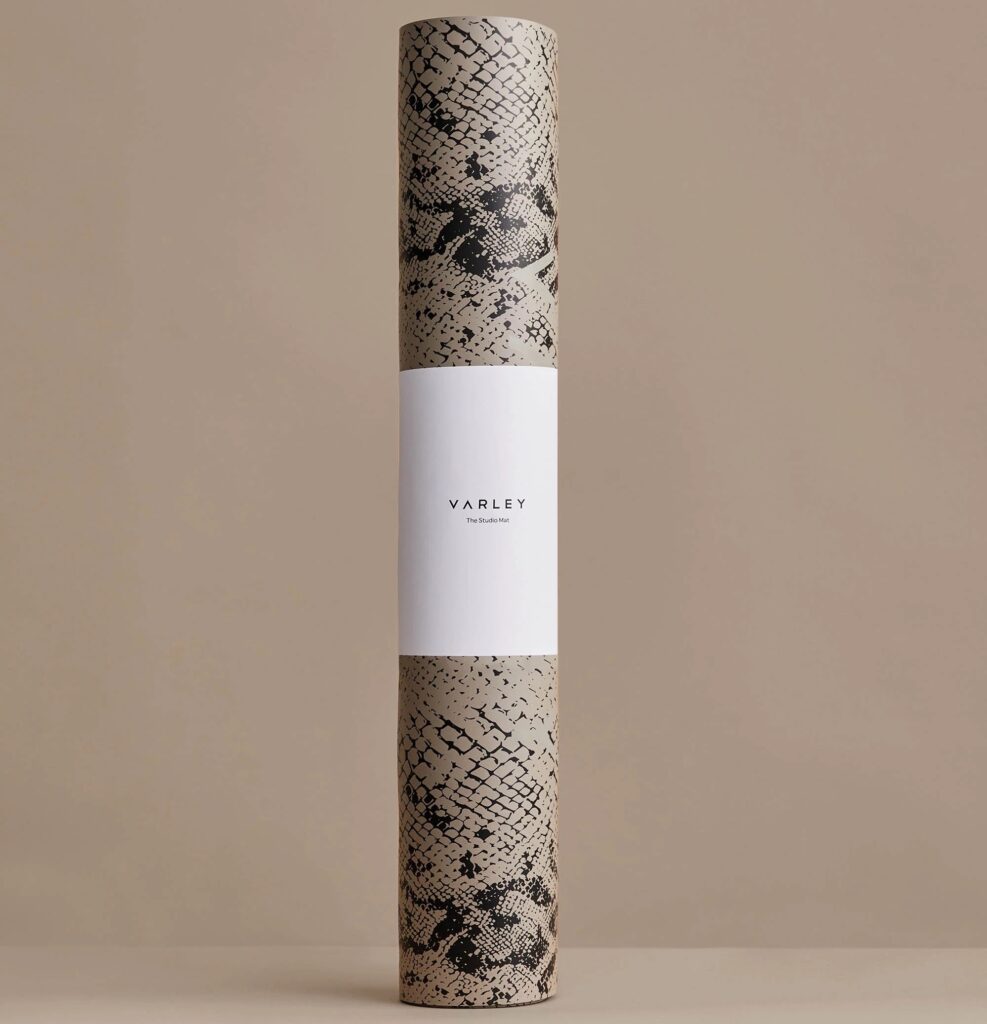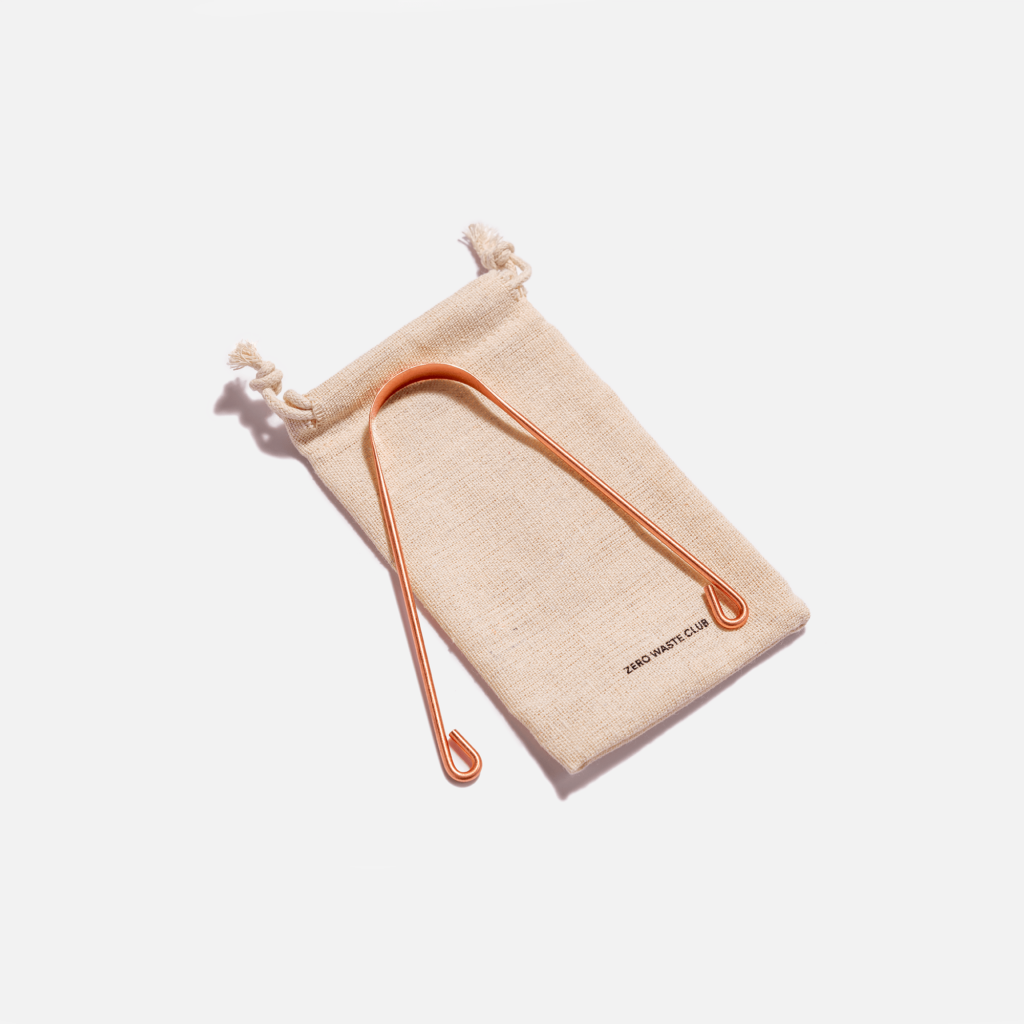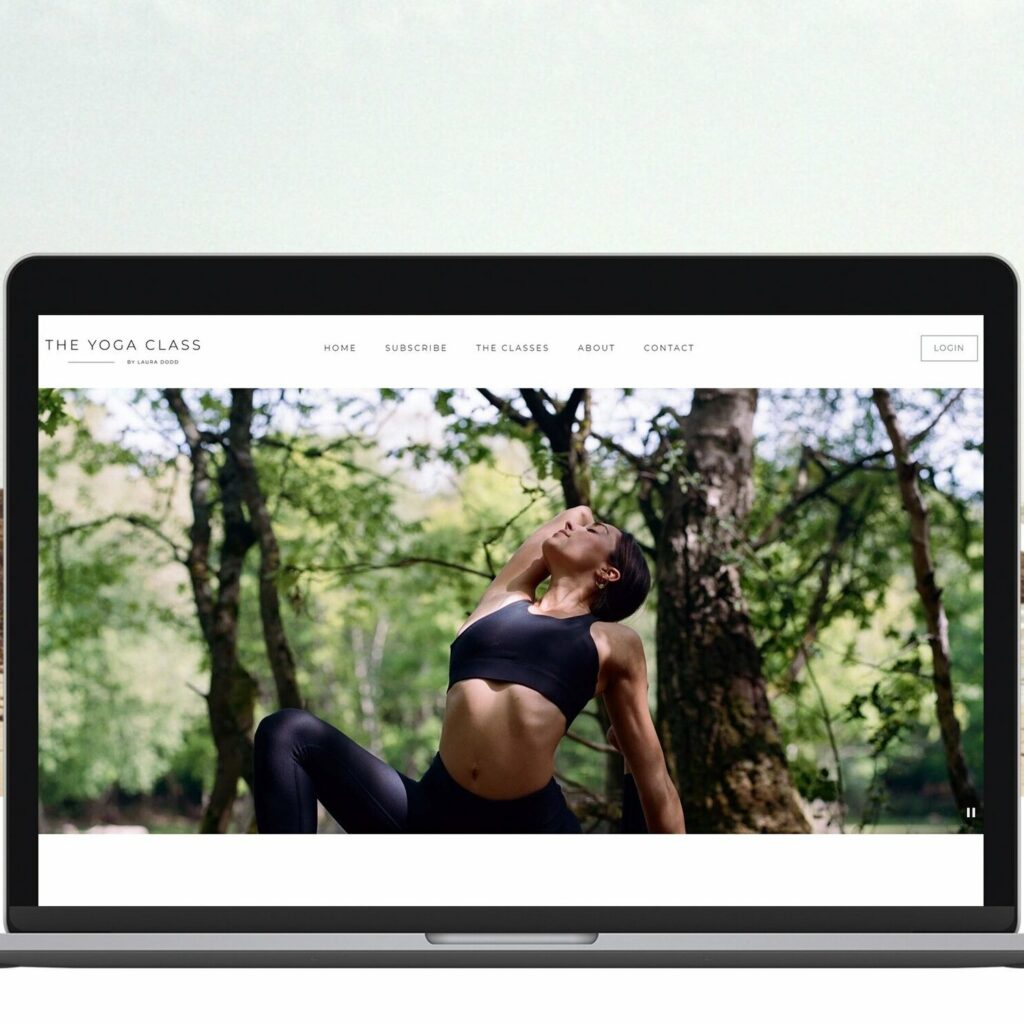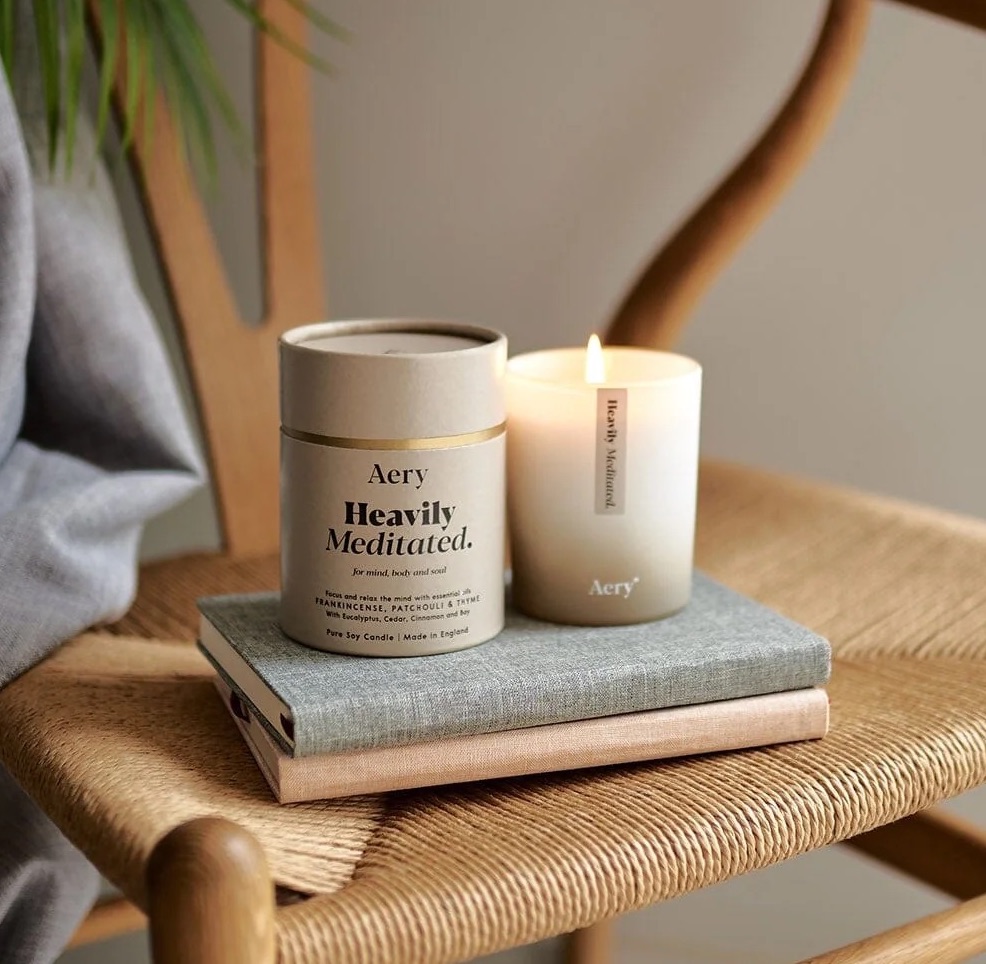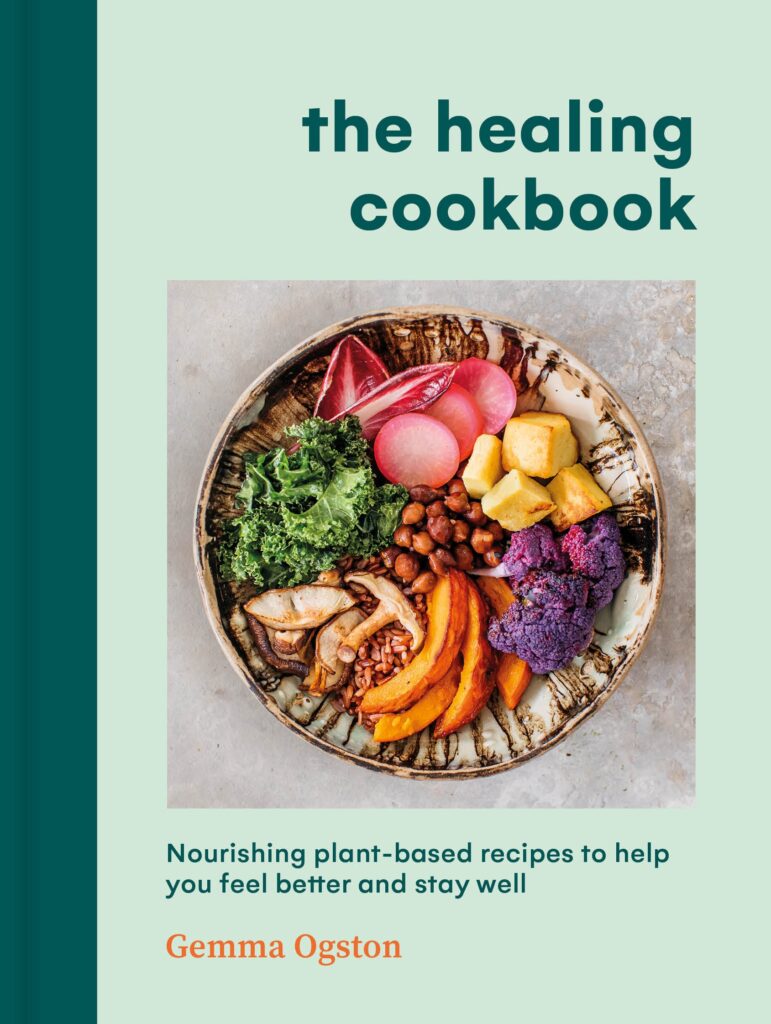Screw the old notion of “anti-ageing”… for us, 2023 is all about better ageing and working with nature to continue to look and feel our best selves. Rather than fight against the inevitable, we’re on a mission to share useful tools and well-rounded advice to embrace the evolution of our bodies and optimise each decade to the maximum! Below we’re going to take you through the key nutritional needs for women across all life stages; from teenage adolescents and marvellous midlife to menopause and older age.
TEENS
The nutritional requirements for girls and boys start to differ from the age of 11 years old. As adolescents go through puberty, which is the last stage of rapid growth, their bodies will change dramatically. A healthy balanced diet is key to supporting girls through this important growth phase.
Growth Spurt
- Energy
Teenagers’ energy needs are greater than adults in order to support the body’s rapid growth. On average, girls aged 11 need around 2000 calories per day, and girls aged 18 need around 2500. The exact energy requirement varies from person to person and it’s important not to overeat, and do at least 60 minutes of moderate physical activity every day.
- Vitamins and Minerals
Teenagers should ensure they are consuming the recommended 5 portions of fruit and vegetables per day, along with whole grain or high fibre carbohydrates, proteins including beans, pulses, fish and lean meat and low fat low sugar dairy to ensure they get all the vitamins and minerals they need.
- Calcium and Iron
During this growth spurt, girls should pay particular attention to calcium aiming for 800 milligrams per day. Most girls start their period between the age of 10 – 15, the average is 12, at this point they should aim for 14.8 milligrams of iron per day.
- Fibre
The recommended fibre intake for girls aged 11-16 is 25 grams per day, increasing to 30 grams per day from age 17.
20’s & 30’s
Strong Bones
Bones stop growing in length by the age of 18, but they continue to increase in density until late 20s. From the age of 35 bone density begins to decline which could lead to osteoporosis at a later age. This is a condition that weakens bones, making them fragile and more likely to break and women are particularly at risk. Calcium, Vitamin D (for absorption) and weight training are essential for building and maintaining good bone density. The RNI (Reference Nutrient Intake) for calcium is 700 milligrams per day for adult women and men, increasing by 550 milligrams for women who are breastfeeding.
Sources of calcium include:
- Dairy products – milk, yoghurt, cheese
- Fish (with bones) – sardines, canned fish
- Dark green leafy vegetables – broccoli, kale, seaweed
- Beans and legumes – chickpeas, lentils, white beans
- Soya products – tofu, edamame, soya milk
- Nuts and seeds – almonds, hazelnuts, chia seeds, tahini
Vitamin D promotes calcium absorption, so it is essential for bone health. The RNI is 10 micrograms per day for all adults which is a very small amount that is stored in the body for when it is needed. The main source of vitamin D is from exposing skin to UV radiation in sunlight, the other source is from food. During winter months where sunlight is limited it may be a good idea to keep vitamin D topped up from food sources, but remember as the vitamin is stored in the body’s liver, too much can be toxic!
Dietary sources of vitamin D include:
- Oily fish – tuna, salmon, mackerel or cod liver oil
- Animal products – cheese, egg yolks, red meat, liver
- Fortified foods – cereals, plant milks
Weight or resistance training is the final component to maintaining good bone health. It is found to not only maintain bone density, but may also stimulate new bone development.
Iron Woman
Women need almost twice the amount of iron than men. The RNI for women is 14.8 milligrams per day and for men 8.7 milligrams per day. Iron is essential for carrying oxygen around the body as well as helping to keep the immune system healthy and the body to produce energy. As oxygen is distributed in the blood, women need a higher level of iron from the start of their menstruation life all the way until they reach menopause.
Keeping iron levels topped up will ensure women have better energy levels, have stronger immunity, improved muscle strength and concentration.
Main sources of Iron include:
- Legumes – lentils, chickpeas, black beans, soy beans (and tofu)
- Nuts – pistachios, almonds, cashew, pumpkin seeds, sesame seeds
- Vegetables – spinach, peas, asparagus, mushroom, leeks
- Whole Grains – whole wheat, oats, bulgur, brown rice, quinoa, spelt
- Animal products – red meat, liver, chicken, eggs
- Seafood – oysters, crab, shrimp, tuna
40’s & 50’s
Menopause
Another big life changing moment for women is the menopause, most women will start between the age of 45 – 55 with the average age in the UK at 51. As women reach this life stage, their ovaries begin to release fewer and fewer eggs until it comes to a stop. Active ovaries are responsible for releasing oestrogen and progesterone, therefore when women no longer menstruate, these hormones will also fall. These hormonal changes in the body can cause various symptoms, the most common being hot flushes and night sweats, however some women may also experience symptoms such as mood swings, vaginal dryness, lack of labido and headaches.
These symptoms last on average from 2 – 5 years and can have a dramatic effect on quality of life. Some women may choose Hormone Replacement Therapy (HRT) where they take either oestrogen only, or a combination with progesterone to rebalance their hormones in order to effectively alleviate symptoms.
In terms of natural remedies, there are products such as phytoestrogen supplements and Evening Primrose Oil however there is currently not enough research and evidence that these are effective treatments of menopausal symptoms.
The best natural way to reduce or ease the severity of menopausal symptoms is through a healthy, balanced diet and lifestyle, including limiting alcohol, not smoking, maintaining a healthy weight as well as exercise and physical activity.
Dietary tips to alleviate symptoms:
- Eat a balanced diet of fruit and vegetables, starchy carbohydrates, high fibre, opt for heart healthy unsaturated fats and stay hydrated
- Keep blood sugar stable – to help with mood swings and irritability women should avoid high sugar or processed foods which cause blood sugars to spike.
- Avoid triggering hot flushes – limit stimulants such as caffeine, sugar, alcohol and spicy food
Chronic Diseases
As women reach middle age they are more likely to have health issues such as cardiovascular disease, diabetes, high blood pressure and osteoporosis. To avoid chronic diseases women should keep to a healthy, balanced diet and lifestyle and maintain a normal weight.
- Reduce salt or sodium intake to no more than 6g per day
- Limit saturated fat, opting for heart healthy unsaturated fats such as avocado, nuts and olive oil
- Have fibre rich foods to keep LDL cholesterol down
- Avoid high sugar and processed foods
- Maintain bone health with sufficient calcium, vitamin D
- Regularly do physical activity including load-bearing exercises or weight training
60’s & BEYOND
The ageing process affects everyone differently, it is a natural part of life where we see the gradual decline of the body. But you’re only as young as you feel after all! From a nutritional perspective these are the main nutrients to pay particular attention to:
Protein
Women probably don’t think about muscle for the latter years of life, but the reduction of muscle mass is one of the major causes of loss of strength, physical function and mobility in ageing. To maintain muscle mass, older women and men should aim for 0.75 – 1.5g of protein per kg of body weight per day.
Calcium
80 year olds have approximately half the bone mass compared to when they were at their peak. Older adults should aim for 700 milligrams of calcium per day, whilst those with osteoporosis aim for 1000 milligrams per day.
Vitamin D
Vitamin D is essential for bone health and its main source is from sunlight. Perhaps one of the reasons why older adults like to retire in sunny and warmer climates! However, older adults may want to consider a supplement, aiming for 10 micrograms of Vitamin D per day.
Iron
Post menopause brings women’s iron needs down to the same level as men, aiming for 8.7 milligrams of iron per day. Older adults may suffer from iron deficiency and therefore iron supplements may be necessary but must be taken under medical supervision.
Fibre
High fibre foods keep the gut healthy and prevent constipation, which older adults may be more prone to. 30g per day of fibre is required however if any older adults may be suffering from poor appetite, they should moderate fibre intake to not fill up too quickly.
In summary, forming healthy balanced lifestyles early on in life is essential for achieving optimal health and supporting the body’s needs as it changes over the years. Let’s celebrate and love all female bodies, young and old!
READ MORE: Therapy VS Life Coaching: Which Should You Choose?

words by Elly Ling

